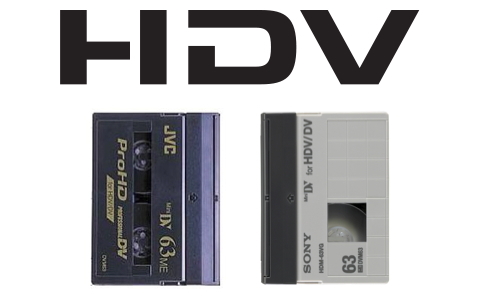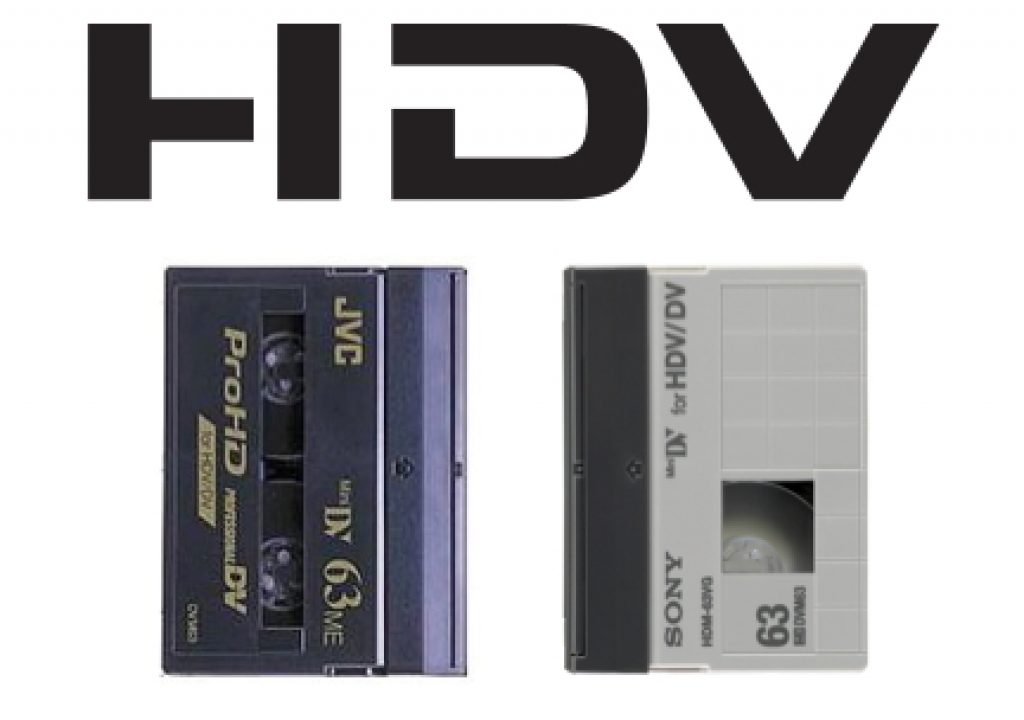
Among my clients and friends who are video professionals, many of those who produce commercials, corporate, and music videos have already embraced tapeless acquisition with such cameras as JVC’s high definition Everio, Panasonic’s AG-HMC150/151, and Sony’s EX1 & EX3. However, those who shoot events (Bar Mitzvahs, Quinces/Sixteen Parties, Weddings) -and some of those who shoot documentaries- are relentless in defending their need to shoot on tape. They cite the following HDV advantages over tapeless acquisition:
- There is always an original tape for future use.
- The original HDV tape is the permanent archive.
- The original HDV tape is very inexpensive.
- Although they have to capture in real time before editing, they don’t have to worry about the time or expense of other types of long-term archival methods required with tapeless acquisition.
Although they also know that there are ways to “have your cake and eat it too”, by shooting on HDV and simultaneously on hard drive or chip (which is now possible with HDV cameras, either “standard” or with optional accessories), very few HDV producers I know have taken advantage of that so far. They also know that tapeless acquisition can offer other benefits, but some of them would rather “fight than switch” away from tape!
You may know that the HDV format was embraced by Canon, JVC, Sharp, and Sony in 2003 (although Sharp is the only one yet to release an HDV camcorder). Since the original HDV camcorders from JVC, the format has matured quite a bit. JVC now shoots and records progressive HD up to 59.94p (“60p”) at full-raster 720p. All of Sony’s latest HDV professional models now support progressive HD shooting at full-raster 1080, with progressive recording up to 29.97p (“30p”) at subsampled 1080. Canon’s consumer division shoots progressive and records progressive up to 29.97p (“30p”) at subsampled 1080 with the HV30, although Canon’s professional division continues to use interlaced imagers, while offering progressive processing and recording up to “30f” subsampled 1080.
As we revisit HDV’s virtues, stay tuned for the following articles:
- Why capture HDV via HDMI? (coming January 4th)
- Universal HDV deck (almost) (coming January 8th)
- Controlling HDV while capturing HDMI (coming January 12th)
- HDMI capture in live multi-camera production (coming January 16th)
You will also discover a few ways to derive full-raster 720p (50p or 59.94p) realtime from a 1080 HDV playback during capture, if you prefer it that way!

Filmtools
Filmmakers go-to destination for pre-production, production & post production equipment!
Shop Now












